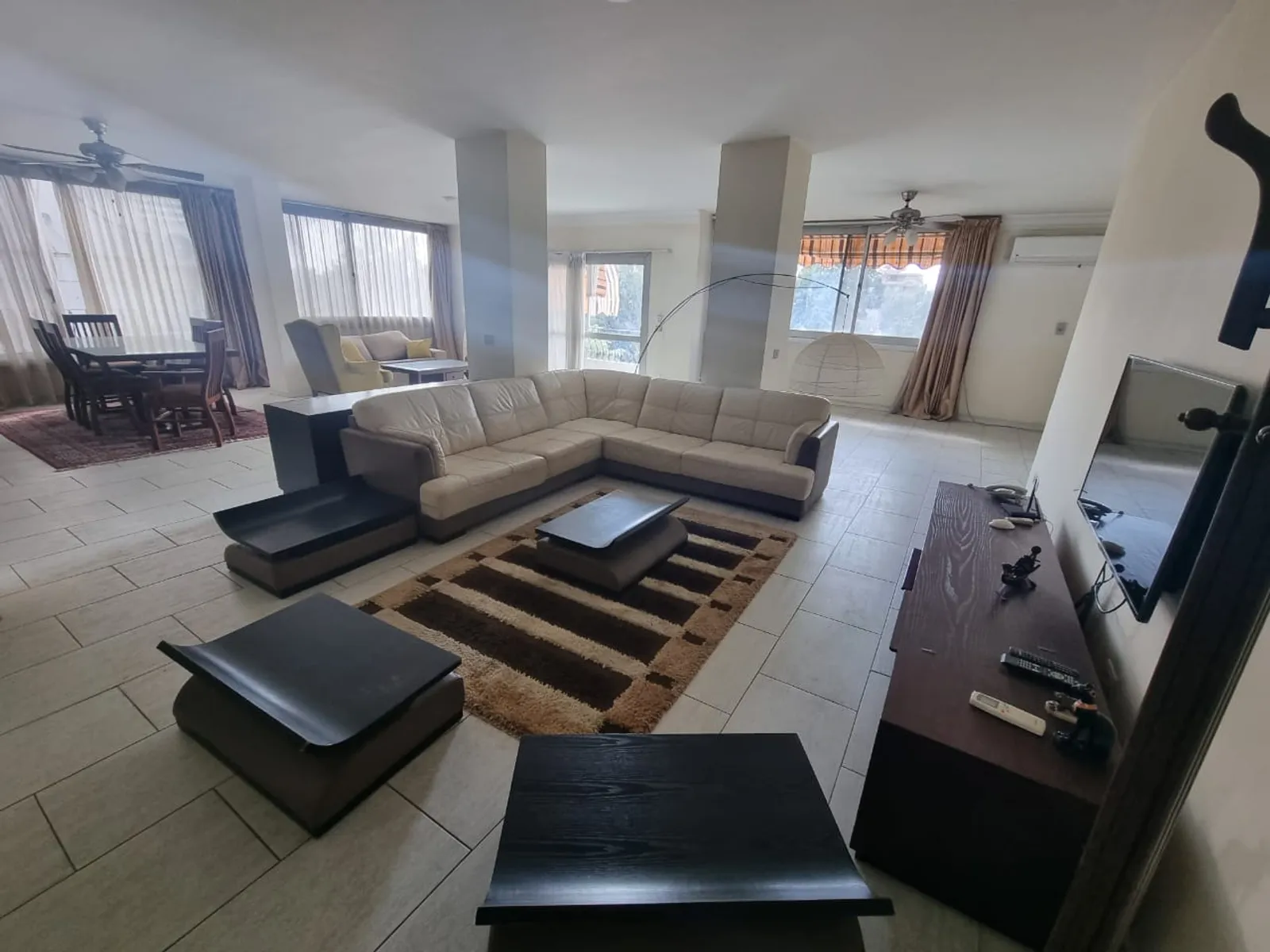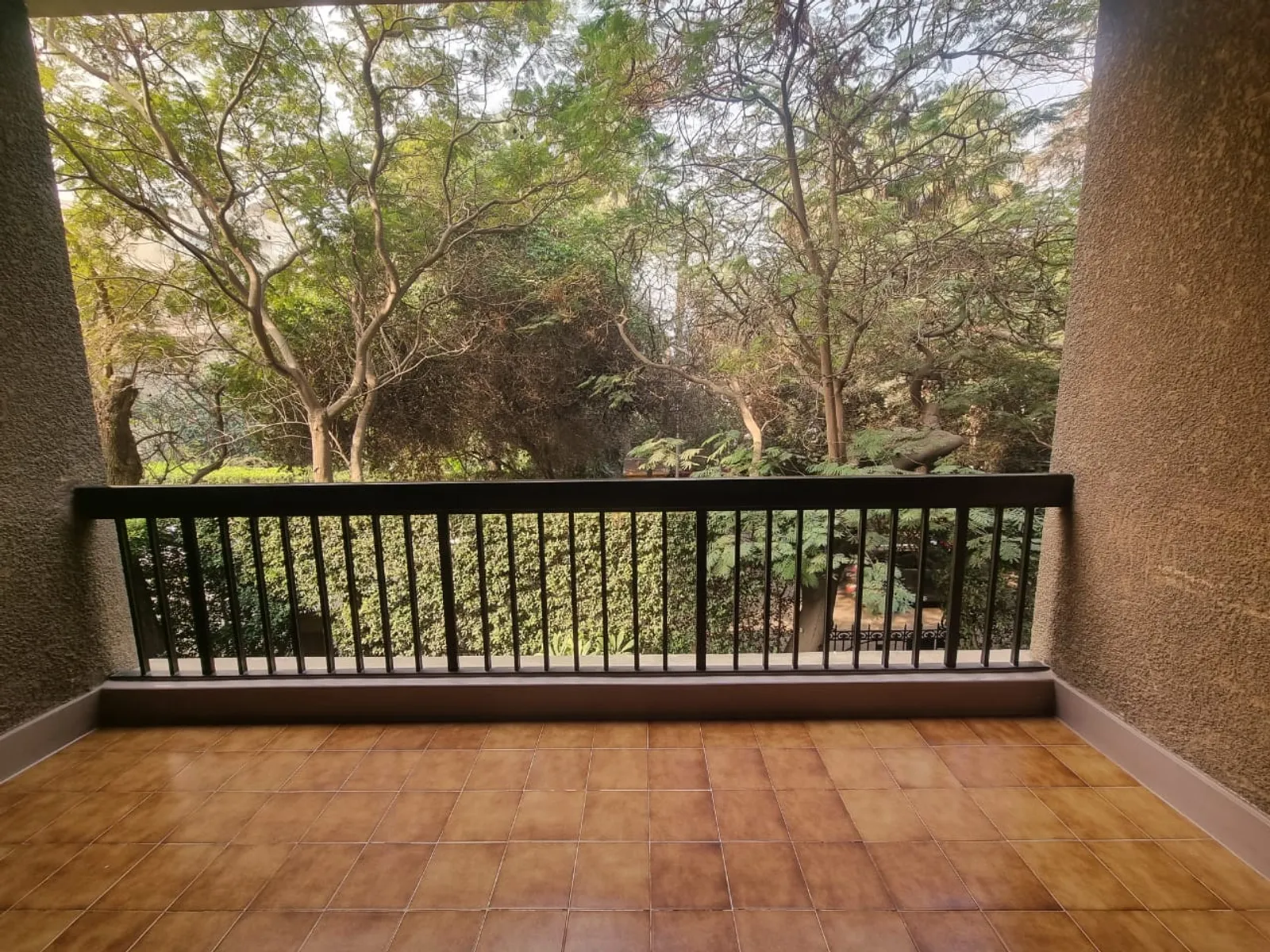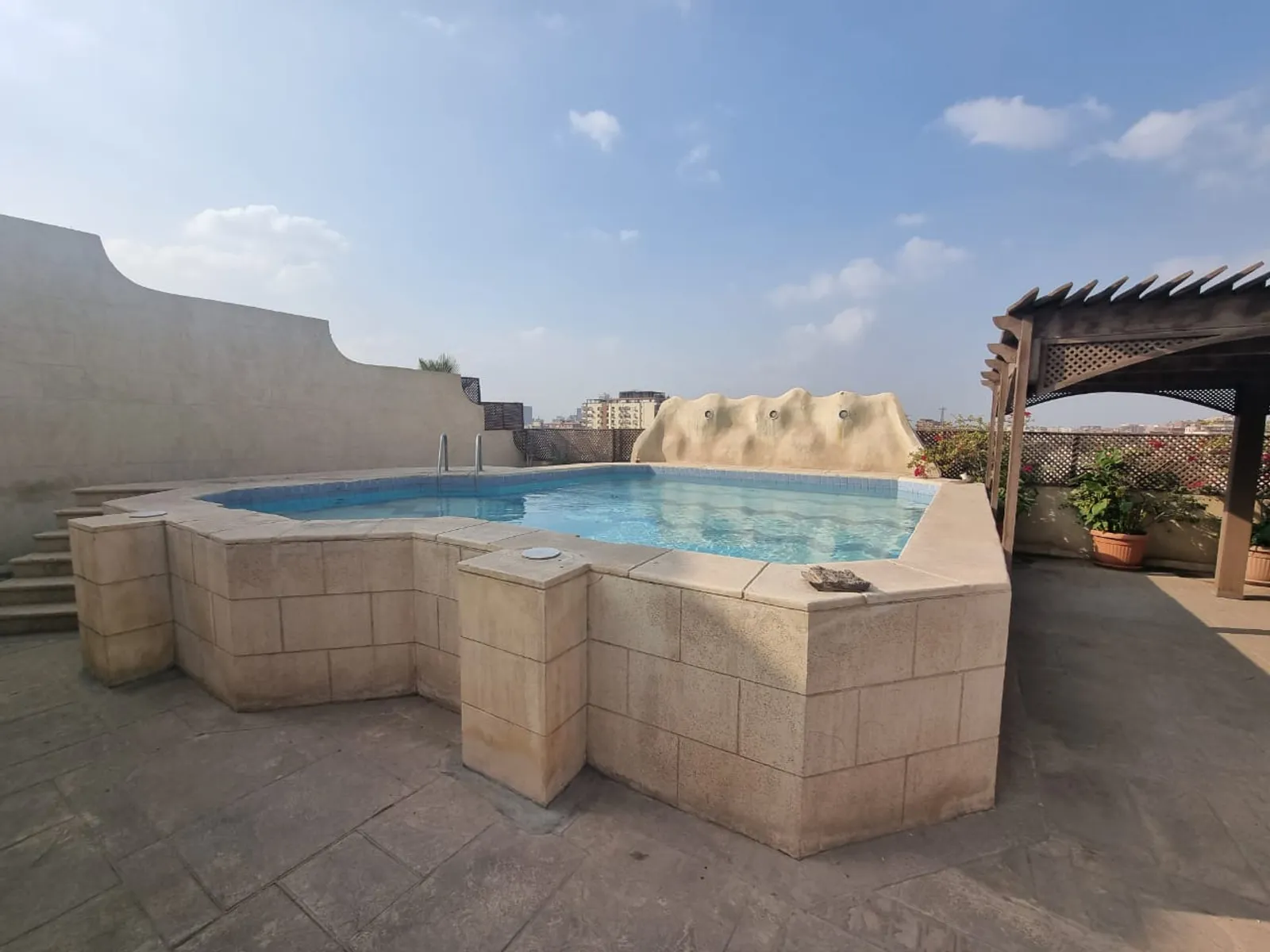WHAT DO AMENITIES REALLY MEAN?
Finding an Apartment|7.1 MIN READ|Updated on: 23 September 2025|Written by: Marwa Samir
Amenities are often a crucial factor when selecting a place to live, but what do they really entail? The term "amenities" can encompass a wide range of features and services that enhance the overall living experience. In general, amenities refer to any additional benefits or conveniences beyond basic necessities like shelter and utilities.
For example, amenities in an apartment complex may include access to a fitness center, pool, or community lounge area. On the other hand, amenities in a luxury home may include high-end appliances and finishes or even a home theater system. Other common amenities in residential properties can include on-site laundry facilities, parking options, 24-hour maintenance support, and secure entry systems.
It's important for renters or buyers to carefully consider which amenities matter most to them since these features can significantly impact both the cost and quality of their living space. Additionally, property managers and developers must stay attuned to evolving preferences around what constitutes desirable amenities so that they can attract tenants who prioritize these extras.
What are Amenities?
Amenities are the extra features or services that a property offers to its customers. Amenities come in different shapes and sizes, and their availability depends on the type of property. These could be anything from swimming pools, fitness centers, spas, game rooms, and conference rooms to laundry facilities, and free Wi-Fi. The goal of amenities is to provide added value to customers beyond what they would typically expect.
Amenities have become an important consideration when choosing accommodation options for both business and leisure travelers. Property owners understand that offering attractive amenities is a way to differentiate themselves from competitors in the market. Furthermore, amenities also serve as a factor that increases customer satisfaction levels by providing guests with more comfort during their stay.
When it comes to selecting accommodations for your next trip or looking for a new place to live; take into account the different types of amenities offered by each location so you can find one that suits your lifestyle needs.
Functions of Amenities
Amenities are the additional features or benefits that come with a product or service. They can be physical, such as a swimming pool in a hotel, or intangible, such as excellent customer service. Amenities serve several functions for both businesses and customers. Firstly, they provide differentiation between competitors. For example, two hotels may offer similar room rates but one may have more amenities than the other - this is often what sways customers to choose one over the other.
Secondly, amenities can increase customer satisfaction and loyalty toward the business. If a customer enjoys their experience and appreciates the added benefits of amenities provided by a business, they are more likely to return in the future and recommend it to others.
Amenities can also serve as an additional source of revenue for businesses. By offering certain amenities at an extra cost (e.g., spa services), businesses can increase their profits while providing convenience to customers who are willing to pay for them. Overall, amenities play an important role in attracting and retaining customers while also generating additional revenue for businesses that offer them.
Types of Amenities
Amenities refer to the various features and benefits that come with a particular product or service. In real estate, amenities can range from basic necessities such as electricity and water supply to more luxurious features like swimming pools, gyms, and concierge services. Understanding the different types of amenities available can help you make informed decisions when choosing where to live.
TOP AMENITIES RENTERS LOOK FOR IN MAADI APARTMENTS
One type of amenity is physical infrastructure. This refers to features such as roads, bridges, sidewalks, and public transportation systems that help in making life easier for residents. Social amenities are another type of amenity that includes community facilities such as schools, hospitals, parks, and recreational centers which promote social interaction among residents.
There are luxury amenities that consist of high-end facilities designed to provide maximum comfort and convenience for residents. These include spas, saunas, movie theaters, and business centers among others. Whichever type of amenity you prefer will ultimately depend on your lifestyle preferences and budgetary constraints but it's important to understand what each type entails so that you can make an informed decision when deciding where to live or invest in real estate.
Factors Influencing Amenities
Amenities are the extra features or services that add value to a property, community, or business. These can range from common facilities like parking lots and laundry areas to luxurious perks like swimming pools, fitness centers, and concierge services. The availability of certain amenities often plays a crucial role in attracting tenants or customers to a specific location. However, the cost and feasibility of offering amenities may vary depending on several factors.
One significant factor influencing amenities is demographics. For instance, properties situated in areas with high population density may require more parking spaces or public transit accessibility than those located in rural areas. Similarly, businesses targeting young professionals may prioritize amenities such as coffee shops and co-working spaces over playgrounds and pet care services for families.
Another critical consideration when it comes to amenities is budget constraints. Developing or maintaining extravagant perks like spas or rooftop lounges can be costly for property owners and businesses alike. As such, they must weigh the potential return on investment against the expenses involved before offering such features.
While amenities can add significant value to any property or business by enhancing its attractiveness to potential clients or customers; they are not without challenges. Understanding demographics and budget limitations can help determine which perks will best serve an intended audience while remaining practical for all parties involved.
Benefits of Amenities
Amenities are facilities or features that enhance a person’s comfort, convenience, and enjoyment. In the context of real estate, it refers to the extra perks offered by a property owner to attract and retain tenants. These can include everything from access to fitness centers, swimming pools, laundry facilities, parking spots, pet-friendly environments, 24/7 concierge services as well as high-speed internet connectivity.
The benefits of amenities are numerous. For one thing, they increase the value of the property and make it more attractive for potential renters or buyers. The provision of amenities can also help landlords in retaining their tenants as these people are more likely to stay if they feel comfortable and relaxed with all their needs taken care of.
Moreover, amenities help foster a sense of community within buildings as residents come together in shared spaces such as clubhouses or lounges. This social interaction has been shown to lead to healthier lifestyles and reduce feelings of isolation or loneliness among residents who might otherwise live alone. Ultimately offering amenities is a win-win situation for both property owners and renters alike!
Disadvantages of Amenities
Amenities are the extra features or benefits that come with a particular product, service, or place. These amenities are supposed to provide added value and convenience to customers or users. However, they also have some disadvantages that can negatively affect the overall experience. For instance, amenities can be costly and increase the price of a product or service beyond what many people can afford.
Another disadvantage is that some amenities may not be useful to everyone. This means that people may end up paying for things they do not need or want just because they are included in a package deal. Additionally, certain amenities can be wasteful and harm the environment. For example, luxurious hotels often provide towels and linens for daily use instead of recycling them which leads to massive water waste.
Overall, while amenities can be beneficial in certain situations, it is important to consider their potential drawbacks before making a purchase decision or choosing where to stay during travels.
Conclusion: Meaning of Amenities
In conclusion, amenities are not just additional features in a property or facility. They represent a standard of living and quality of life that people seek when choosing where to reside, work, or play. Amenities can come in various forms such as recreational facilities, security systems, access to public transportation, and even basic utilities like water and electricity.
Furthermore, amenities have become an important factor in the real estate industry as they can significantly affect property value and attract potential buyers or renters. A well-maintained facility with desirable amenities can increase occupancy rates and rental prices while also promoting customer satisfaction and loyalty.
Ultimately, amenities contribute to creating vibrant communities where people feel safe and comfortable while enjoying an enhanced sense of convenience and luxury. Therefore, it is crucial for property owners and managers to prioritize the provision of adequate amenities that cater to the needs of their clients in order to remain competitive in today's market.









